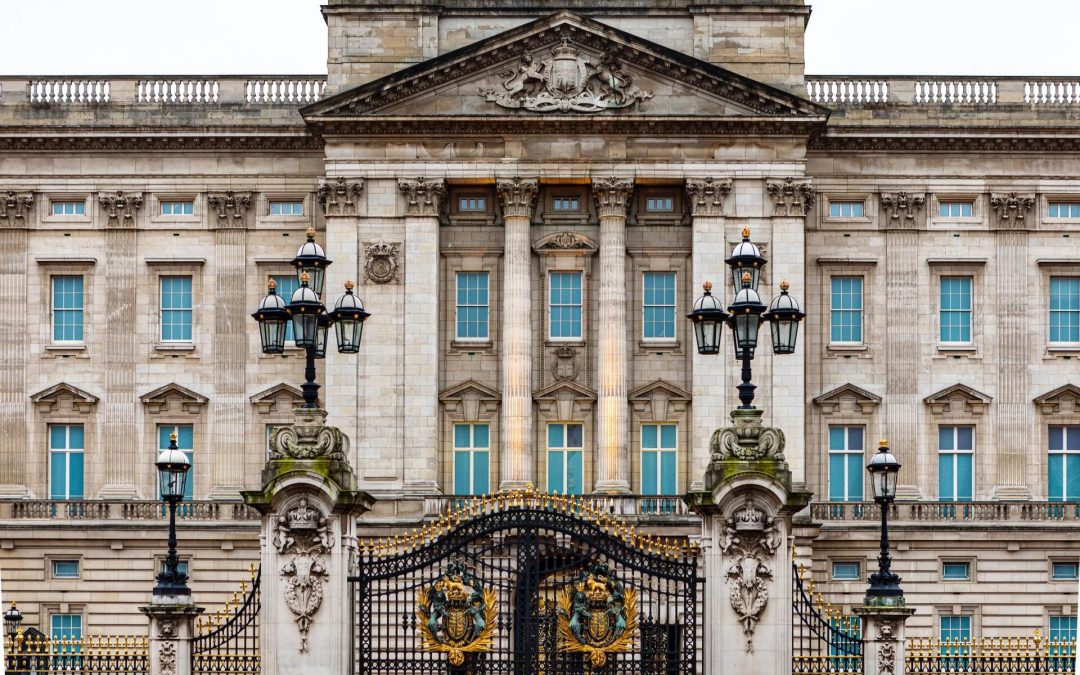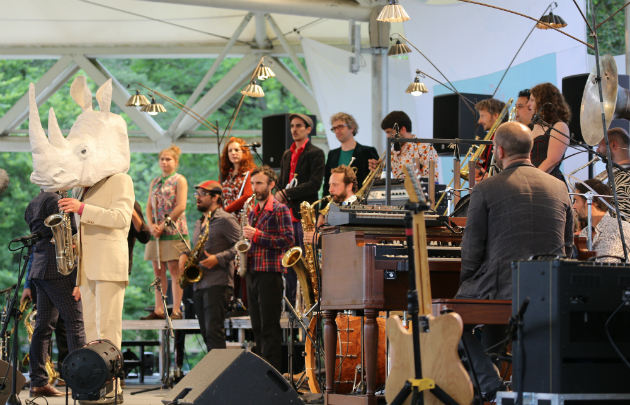And now, we shall see how it all started.
One day, several American emigrants moved to Paris during the First World War and decided to create a jazz space here. At that time, there were serious problems with racism in the United States, however, in France, everything was to a somewhat lesser extent.
Cultures mixed and formed new ideas, styles, and musical trends. By the 1930s, jazz had finally settled in France, and in the next twenty years, bigouin, a style of jazz from the French Caribbean, became popular among dance orchestras.
The French were actually quite concerned about American and Brazilian influence, but remained an island of acceptance for people who came here to develop their talent.
In addition, French jazz retained its individuality – the sound of the violin, and guitar, for example. Jean-Luc Ponty and Stefan Grappelli are outstanding violinists in jazz.
By the beginning of the forties, Paris radio has been translating jazz 24/7, especially jazz orchestras, for instance, Raymond Legrand. The band played 520 performances in 8 months and influenced the sales of jazz records. At that time, music shops sold eight times more records than ever before.
Pop music has also undergone a metamorphosis. 125 cabarets open and swing performers such as Charles Trenet and Yves Montand hit the stage performing their swing musical style.
There is a lot there to tell about jazz still. Yet, we’ll only say, that during world history, it became a symbol of freedom, peace, justice, independence, and even anti-war resistance. After the end of the war, many jazz performers returned to Paris after fleeing it in tough times. For many years, jazz remained the dominant musical style.
But enough of the story, right?
Jazz itself tells its story to those who listen to its motives. The hardships that fell on performers, their joy, passion, love, and happiness, made them transcend it into ecstatic beauty.











